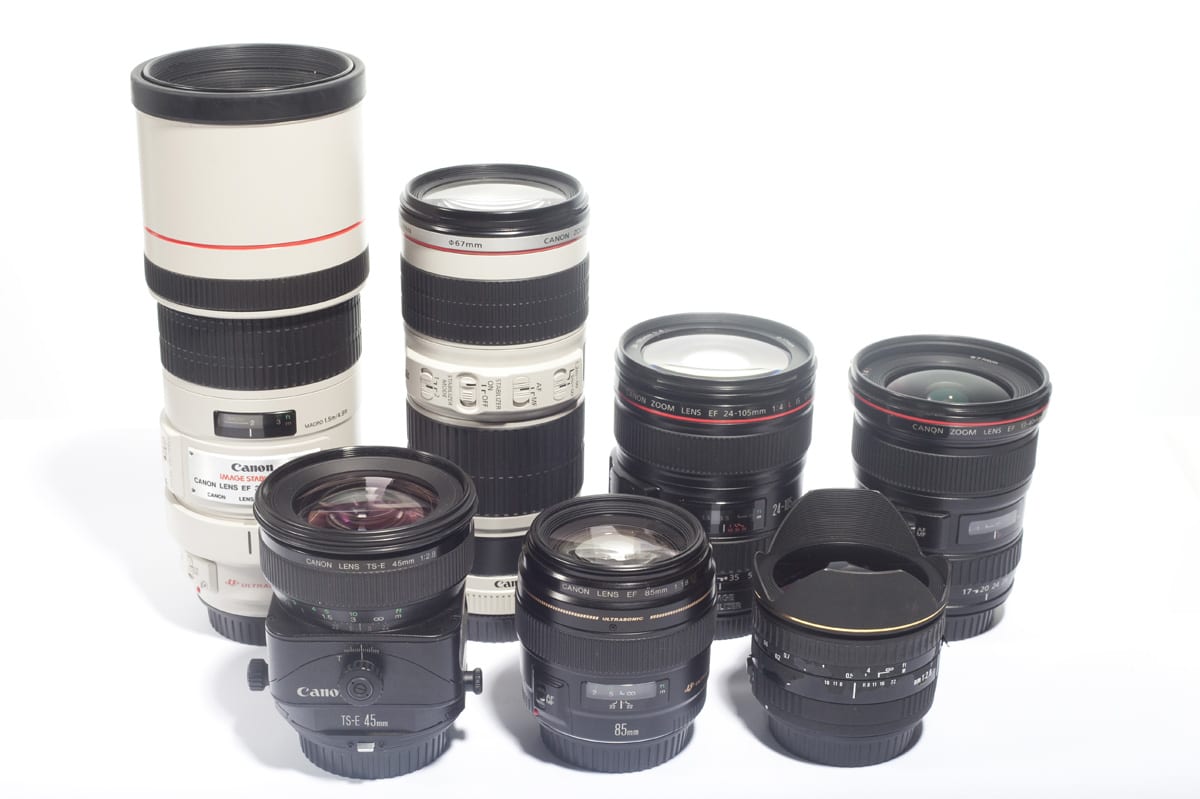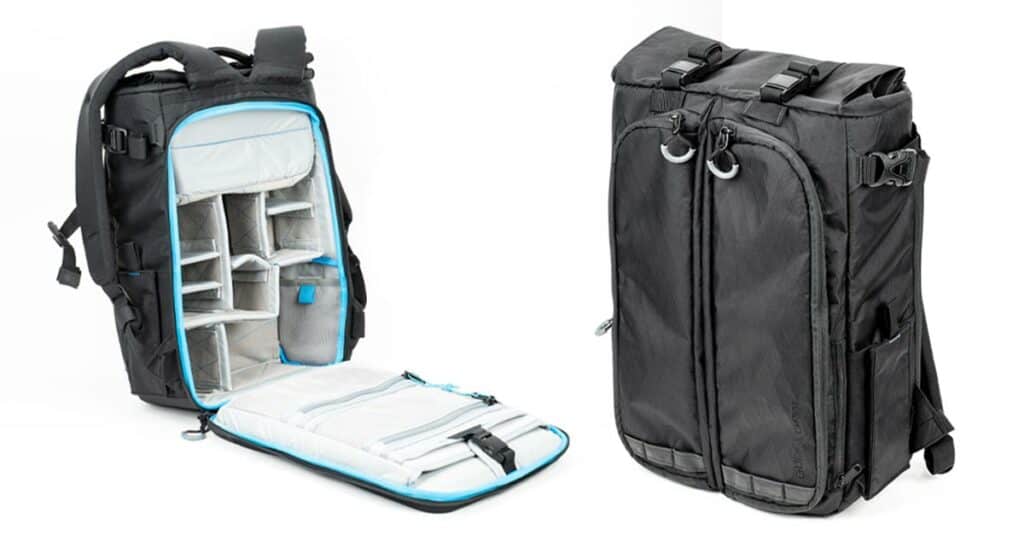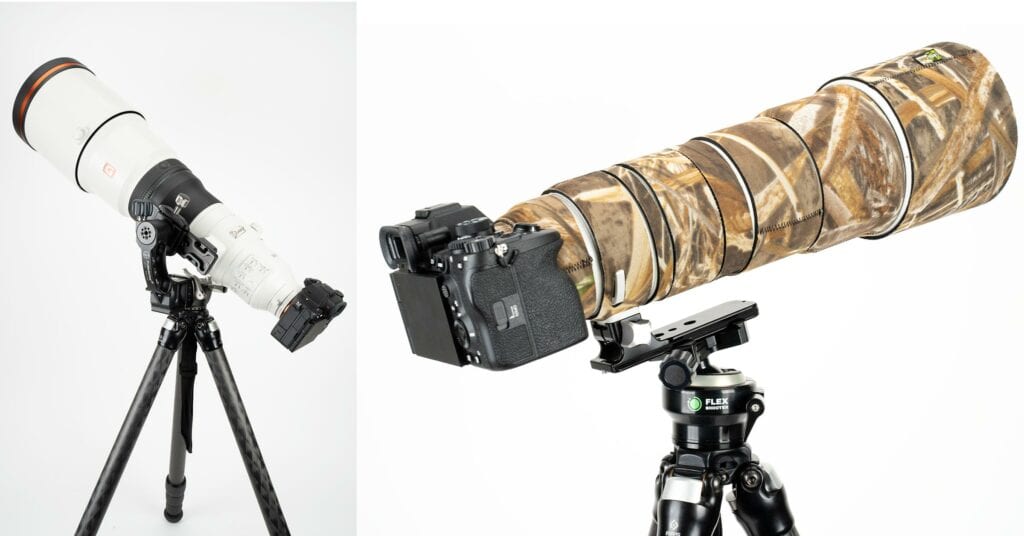
Continuing on with my Snow photos 101 section, by far the most common question in my in-box is “what camera or lens should i get?”. You can view the equipment that I use HERE, but this doesn’t mean that you need all of this to make some great ski or snowboard photos.
Lenses
A professional ski photographer will own lenses that range from a 15mm fisheye all the way up to a 300mm telephoto lens. Different shooting situations require different setups and they aren’t necessarily all carried at the same time. By far my most used lens is my 70-200mm zoom lens so something in that range would be a wise choice. When you are deciding which equipment to invest in, bear in mind that camera technology is evolving at a frantic pace. Whichever camera you choose now, will be outdated in a years time. Lens technology on the other hand moves at a much more sedate pace. Very little has changed over the last 10 years aside from the addition of image stabilization to a few lenses. It therefore makes sense to spend as much as you can on your glass, if you treat it properly a good lens can last you a decade. Typically you will see a more noticeable improvement in image quality by using higher quality glass, than you would with using a more expensive SLR camera.
Picking a single lens that covers the whole focal length range you need is not the best solution. The larger the zoom range the lesser the image quality so try and split it up into at least 2 or 3 lenses A wide-angle zoom such as a 17-40mm or 18-55mm and then a telephoto zoom in the 70-200 range will have you covered for most things. Once you have mastered these, you can add specialized lenses to your lineup, like a fisheye or large aperture prime lens like the 50mm f1.8. Prime lenses, those with a fixed focal length, will always yield a sharper photo than their zoom counterparts, but most ski photographers value the portability of a few zooms over a large collection of primes.
Cameras
What camera should I get? There is no one right answer to this question; a good photographer can make a good photo with almost any camera. Don’t get sucked into the megapixel race though, the majority of images you see in ski or snowboard magazines up to 2009 will have been shot at either 8MP or 10MP and as you will have seen, that’s more than enough for most users. I would however recommend sticking to the 2 big brands, Nikon and Canon. Both companies make exceptional sports cameras for professional users and many of the features filter down lower in their product line for beginner and advanced photographers.


